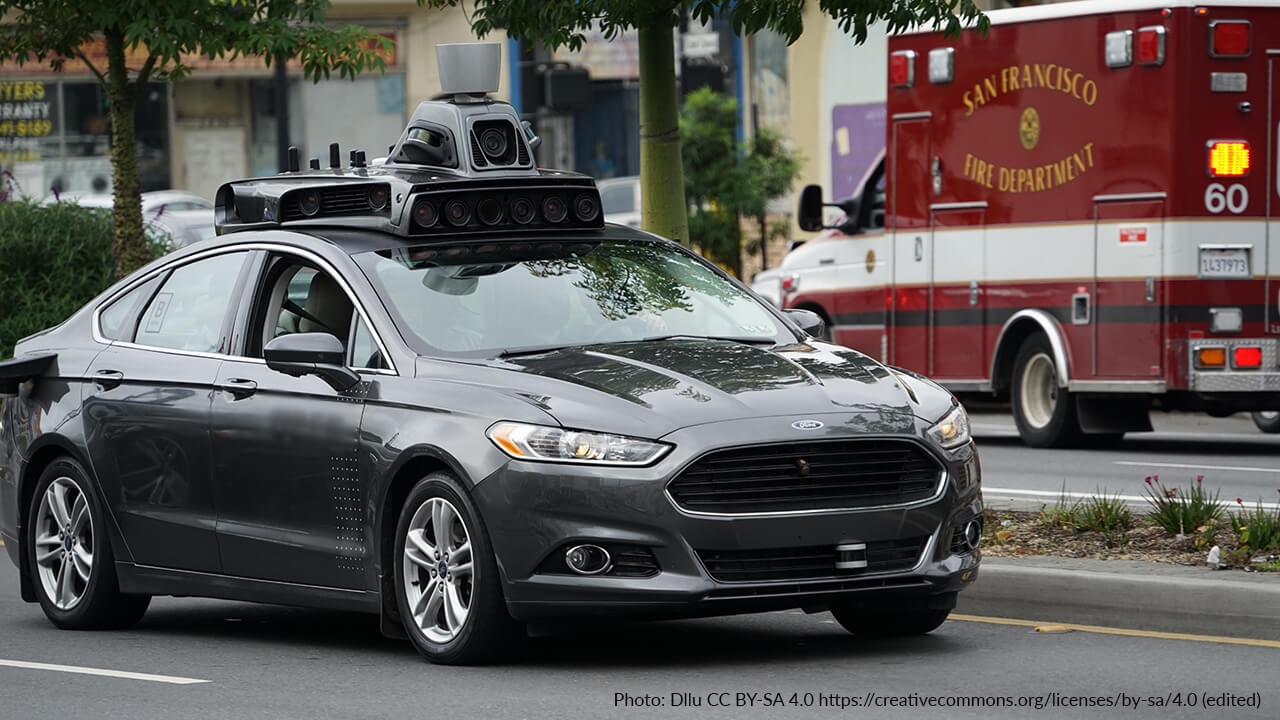Autonomous vehicles (AVs) are vehicles that can operate without human input. They use a variety of sensors, including cameras, radar, and lidar, to perceive their surroundings and make decisions about how to move. AVs are still under development, but they have the potential to revolutionize transportation.
There are many potential benefits to AVs. They could improve safety by reducing human error, which is a major factor in traffic accidents. They could also reduce congestion by more efficient use of roads. AVs could also make transportation more accessible to people who are unable to drive, such as the elderly and people with disabilities.
However, there are also some challenges to the development and deployment of AVs. One challenge is the cost of developing and manufacturing AVs. Another challenge is the need for AVs to be able to operate safely in a variety of conditions, including bad weather and heavy traffic. AVs also raise a number of ethical and legal questions, such as who is responsible for an accident involving an AV and how AVs should be programmed to make decisions in difficult situations.
Despite the challenges, the development of AVs is moving forward. Major automakers, such as Tesla, Waymo, and General Motors, are investing heavily in AV research and development. Several cities, such as San Francisco and Phoenix, have launched pilot programs to test AVs on public roads.
It is still too early to say when AVs will become a widespread reality. However, the potential benefits of AVs are significant, and the development of AVs is likely to have a major impact on transportation in the future.
Here are some of the key benefits of autonomous vehicles:
- Improved safety: AVs have the potential to significantly reduce traffic accidents. According to the National Highway Traffic Safety Administration (NHTSA), 94% of traffic accidents are caused by human error. AVs, which are not susceptible to human error, could eliminate this major cause of accidents.
- Reduced congestion: AVs can be programmed to operate more efficiently than human drivers. This could lead to reduced congestion and improved traffic flow.
- Increased accessibility: AVs could make transportation more accessible to people who are unable to drive, such as the elderly and people with disabilities.
- Environmental benefits: AVs could reduce emissions and improve air quality.
Of course, there are also some challenges associated with autonomous vehicles, including:
- Cost: AVs are still in the early stages of development, and they are expensive to manufacture. As the technology matures, the cost of AVs is expected to come down, but it is still possible that AVs will be more expensive than traditional vehicles.
- Safety: Despite the potential benefits of AVs, there are still concerns about their safety. AVs are complex systems, and there is a risk of software bugs or hardware failures that could lead to accidents. AVs will also need to be tested extensively in a variety of conditions before they can be deployed on a large scale.
- Regulation: The development and deployment of AVs will require new regulations. Governments will need to develop rules governing the operation of AVs on public roads. These rules will need to address issues such as liability, insurance, and privacy.
Despite the challenges, the development of autonomous vehicles is an exciting and promising area of technology. AVs have the potential to revolutionize transportation and make our roads safer, more efficient, and more accessible.thumb_upthumb_downuploadGoogle itmore_vert






